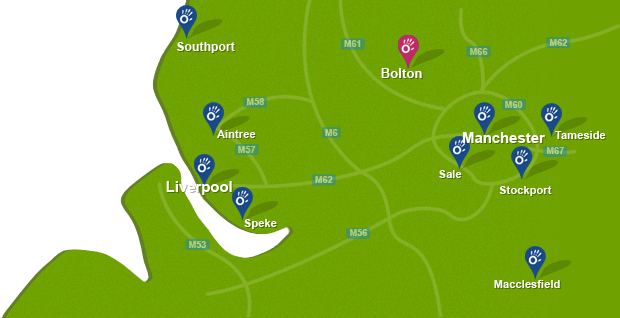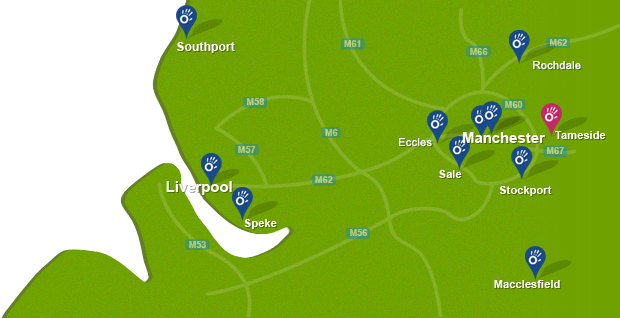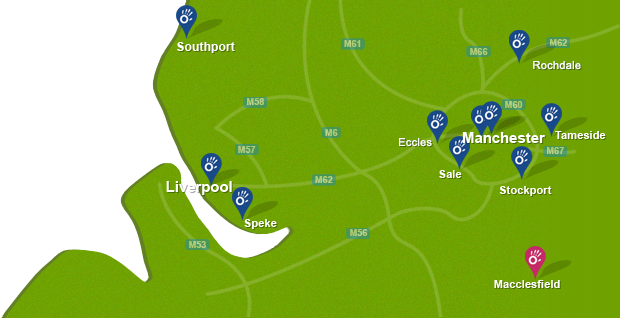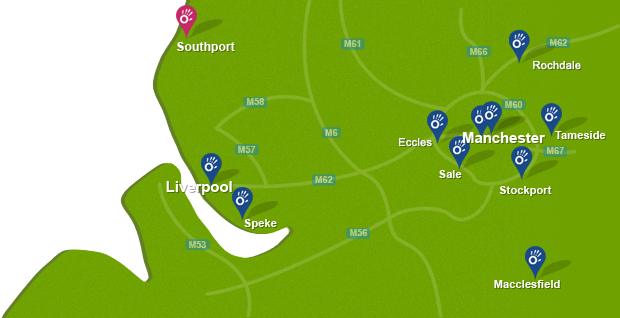Massage can be an effective and beneficial treatment performed as part of a training programme. Massage can help the recovery process, prevention of injuries and maintaining relaxation.
Massage therapists at Manchester Physio provide massage therapy services as part of a training programme to treat a range of conditions.
 Above: Deep tissue massage of bicep femoris as part of sports training programme
Above: Deep tissue massage of bicep femoris as part of sports training programmeWhat types of massage techniques are mainly used as part of a training programme?
At Manchester Physio our massage therapists use a variety of techniques as part of training programme. Common techniques used as part of a training programme include: Massage is an effective way to relieve muscle tension after exercise. Pressure of the massage is used to relieve knots, stimulate the blood and flush excess waste built up in the muscles during exercise. Many massage techniques including petrissage, rolling and myofascial release can be beneficial used as a rehabilitative technique during intense exercise programmes. Petrissage can include stretching, kneading and squeezing soft tissue and underlying muscles. Petrissage lifts up tissues to relieve tension and stretch and loosen muscle fibres. When muscles fibres are stretched, the fibres are able to move apart releasing tightness and improving flexibility. Rolling is a similar massage technique which aims to pull and roll skin in a continuous motion to separate tissues from muscles which may be stuck. Muscles being stuck to connective tissues can cause discomfort and pain. Myofascial release is used to stretch out large areas of muscle. Pressure is applied across the fascia network breaking down restrictions and relieving tension. All massage techniques contribute to the quickening of the body's recovery process for people to continue training without risk of injury.
What are the benefits of massage as part of a training programme?
Massage during a training programme has many benefits. The benefits of massage include:
- Improving flexibility
- Relieving muscle tightness
- Relieving muscle tightness
Massage helps increase flexibility by increasing temperature, increasing elasticity, breaking down adhesions, removing waste products, reducing swelling and decreasing pain. By incorporating massage into a regular exercise injuries are reduced and performance is maximised.

Massage is effective to be used regularly to reduce the chance of injury. Massage helps to prevent and reduce the chance of injury by maintaining flexibility and flushing out waste products. The effects of massage are cumulative and increase effectiveness with repetitive massages. Receiving one massage prior to a race will not have the same benefits as a regular massage throughout training.
Massage can speed up recovery after long days of training. Massage aims to increase the blood flow to the muscles to help speed up the healing process by flushing out waste products. Massage improves the effectiveness of the circulatory system. This system can be responsible for oxygen transfer, nutrient delivery and waste product removal. Massage increases the blood flow around the body enriched with oxygen and nutrients which are transported to the muscle tissues aiding healing. Massage during exercise programmes is beneficial to help manage and prevent injuries.
 Above: Friction massage of calcaneofibular ligament as part of training programme
Above: Friction massage of calcaneofibular ligament as part of training programmeHow does massage during a training programme help?
Massage as part of a training programme helps by regularly removing waste products from the muscles, increasing blood circulation and increasing tissue elasticity. Massage can be used as an effective treatment during a training programme. Massage can assist people participating in regular exercise by speeding up recovery, reducing muscle soreness and facilitating injury prevention.
Massage helps throughout a training programme by removing lactic acid and waste products produced during exercise. Draining waste products from the muscles can prevent muscle soreness and tightness to occur allowing a continuation of training.
Massage also helps by increasing blood flow by stimulating the muscles with pressure and movement. The increase of blood flow can speed up healing to any damaged muscle tissues. Massage increases the blood flow around the body enriched with oxygen and nutrients which are transported to the muscle tissues aiding healing. Massage can work to treat a variety of soft tissue injuries so an athlete can return to training as soon as possible.
Massage can assist the rehabilitation stages of injuries by stretching tight tissues, breaking down adhesions and help drain swelling from joints. Massage also works to elongating the muscles, fibres and increasing elasticity. Increase tissue elasticity, releases tension and increases movement.
Summary
Massage is a beneficial and effective treatment for people participating in regular exercise. Massage aims to increase the blood flow to the muscles, stimulating the body's healing process. Massage during exercise programmes is beneficial to manage and prevent injuries. Massage contributes to the recovery process so athletes can return back to training as soon as possible. Massage therapists at Manchester Physio provide massage therapy services during a training programme to treat a range of conditions.
How can I arrange a massage during a training programme?
To arrange massage as part of a a training programme at Manchester Physio, email us at office@manchesterphysio.co.uk or call 0161 883 0077.


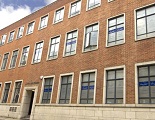
 0800 033 7800
0800 033 7800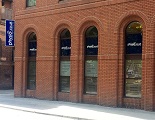






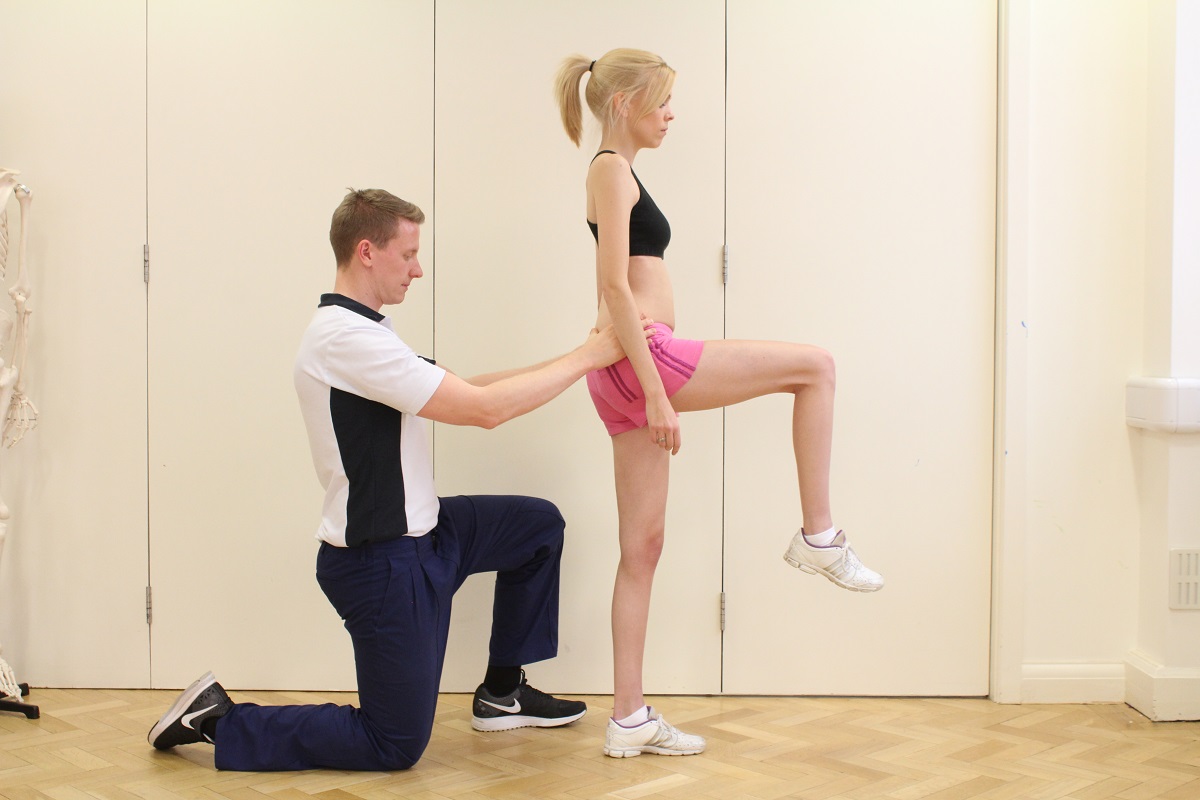
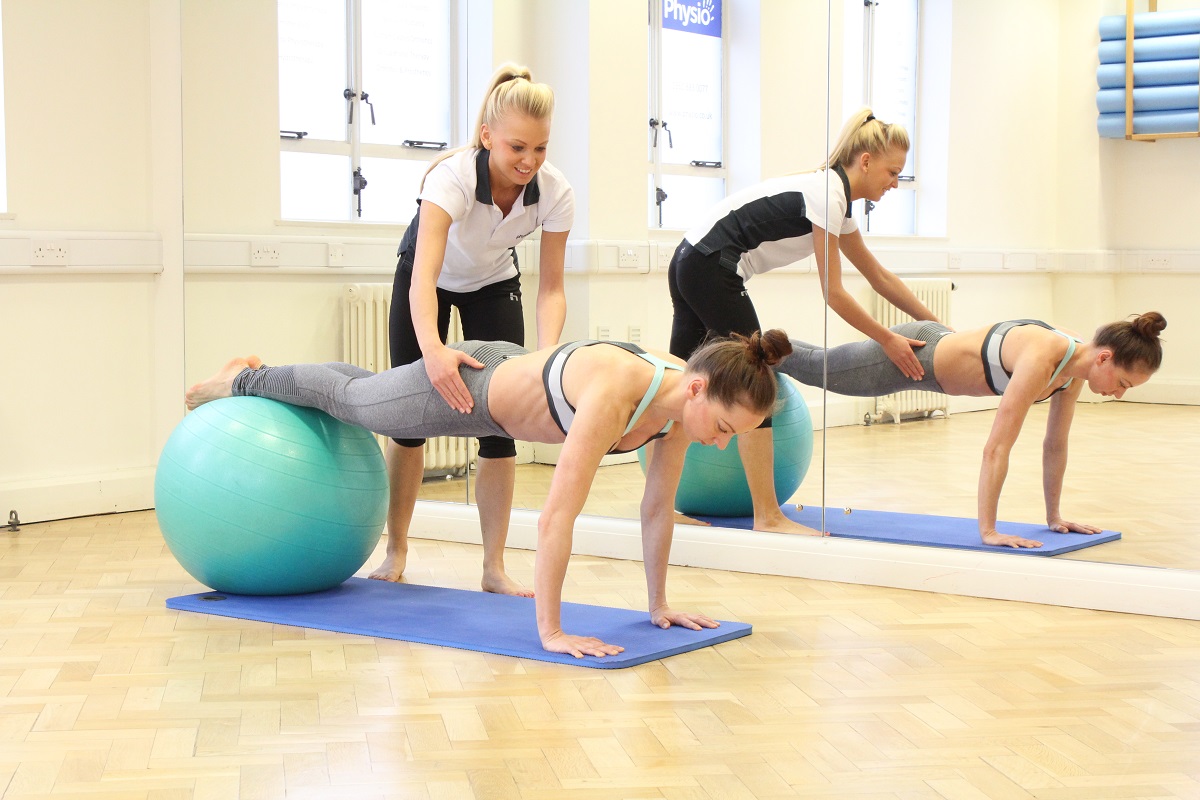
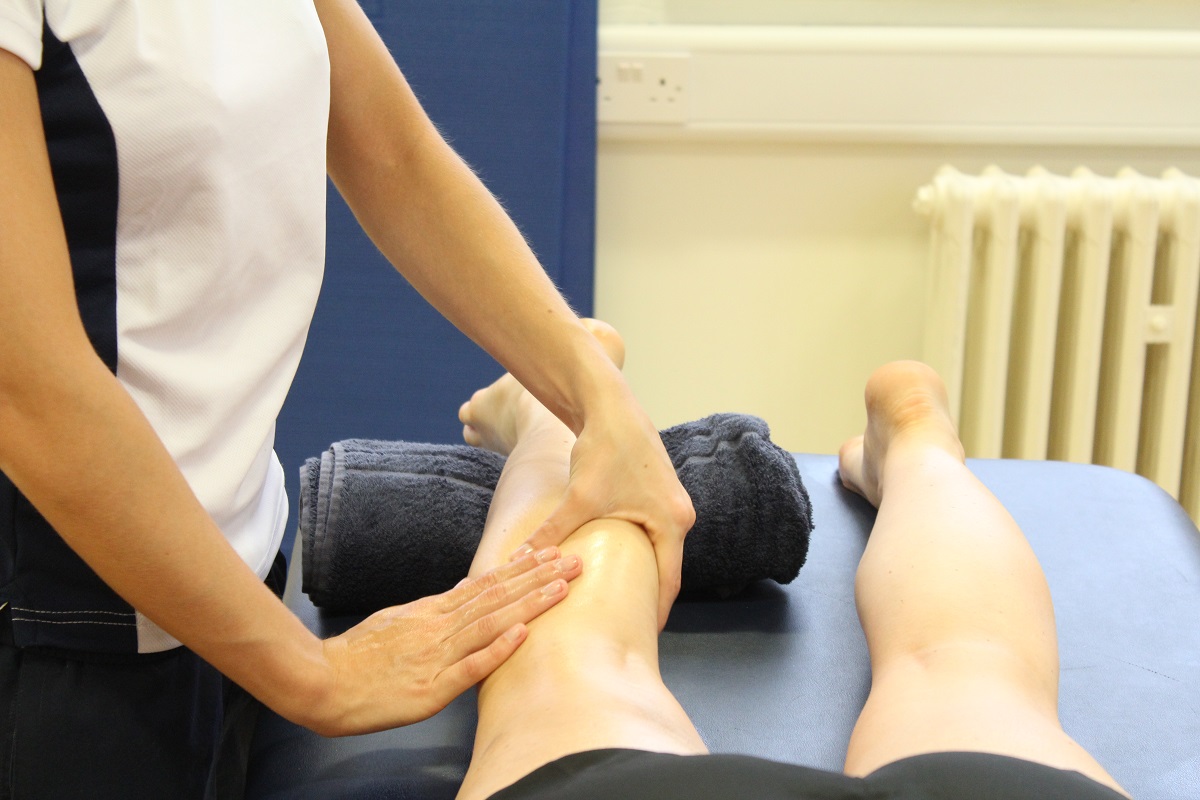

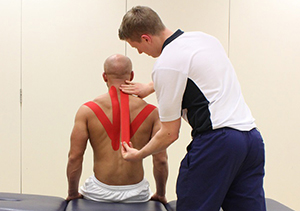

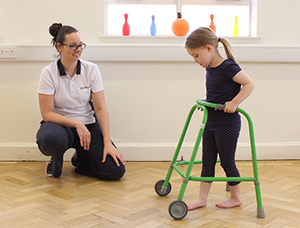
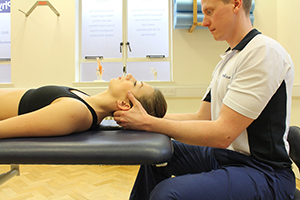
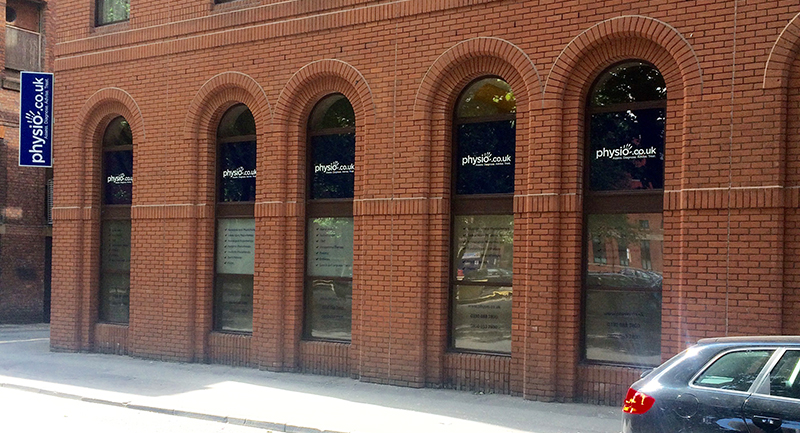
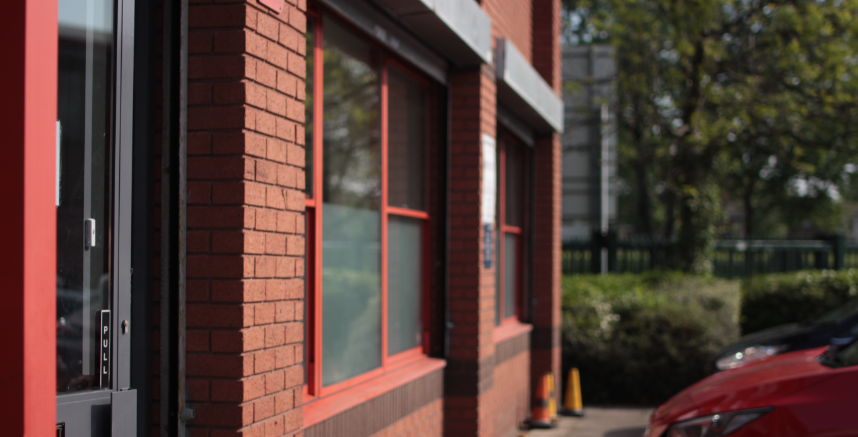


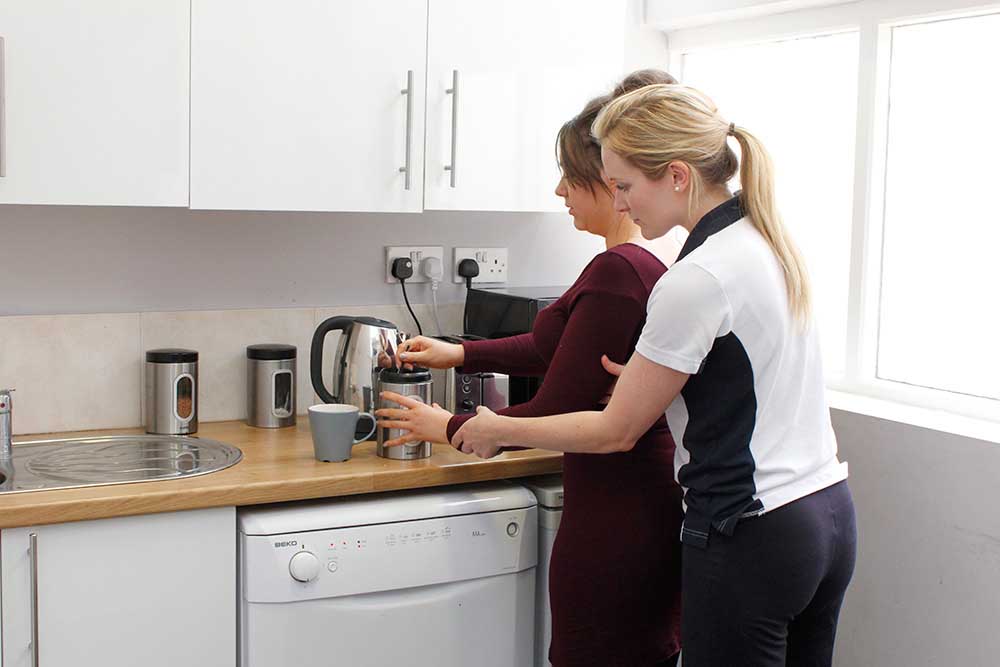




























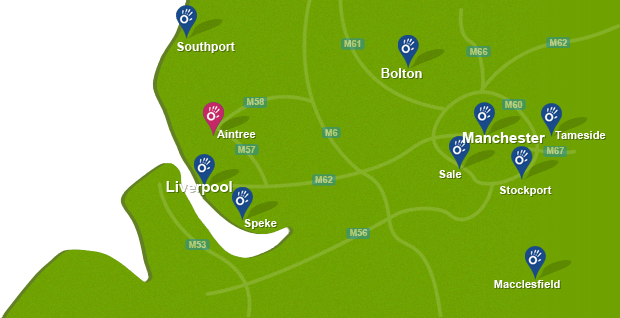

 f
f
